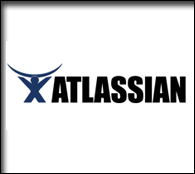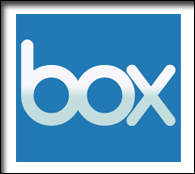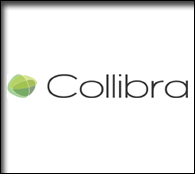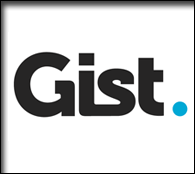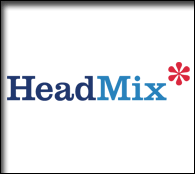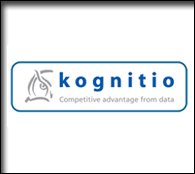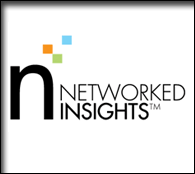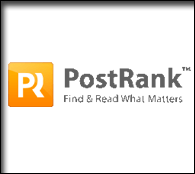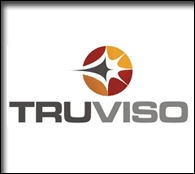Archive for July, 2010
E2.0, Productivity and Joblessness
by Eric Norlin on Jul.19, 2010, under Uncategorized
In the months leading up to last year’s Defrag, I began to blog about what I called “the productivity boom.” By that I meant this broad phase that we’re in, whereby we’ll see productivity in the enterprise make better than normal gains. The boom has a couple of pieces:
1. the advent of cloud computing — which leads to a mobility and IT agility that we haven’t realized before.
2. leveraging the human aspect of business processes.
Today, I want to dig in to #2 a bit more.
Productivity is, by definition, about reducing cost — which is to say that productivity is driven by doing more with less. You don’t get more productive by opening up new lines of business (the revenue side of things), you get more productive by either changing a business process (to make it more efficient), or by improving the skill-set of employees in an organization. “Changing a business process” could be anything from reducing the “man-hours” (I mean that in a non-gender specific way) spent on enrolling a new employee in benefits programs to reducing the length of the sales cycle. “Improving the skill-set of employees” usually only means one thing — having a smaller number of employees do the same amount of work as a previously larger number of employees (ie, laying off or firing from the employee base).
Make no mistake about it, both sides of the “productivity” equation seek to get reduce the number of humans it takes to effectively run and grow a business. Hence, “leveraging” the human aspect of business. When you take a productivity cycle and reinforce it with a jobless recovery (like we have in the U.S. today), you get a positive feedback loop; the dark and unspoken side of “enterprise 2.0″ — it’s about not hiring, if anything it’s about laying off people from the workforce.
At least, the collaboration toolsets are driven by that expense-line/productivity motivation. The social media, business intelligence, semantic and analytic sides, not so much. In those cases, you’re actually closer to customer interaction - and the closer you are to the customer, the closer you are to being about driving revenue, not cutting expenses. It’s pretty simple: internally focused tools are about the expense line (which is ultimately about productivity, which is ultimately about doing more with less people), while externally focused tools are about driving revenue (and more revenue leads to hiring more people to deal with more customers). Yes, of course, I’m being a tad simplistic here, but hang with me.
The point of all of this is to say that the condition isn’t going away anytime soon. By all political and business accounts, the one thing we can count on over the next 2, 3, 5 or even 10 years is a prolonged state of high unemployment (in the U.S., if not globally). The jobless recovery reinforces the productivity boom. It may not be the most comforting thought in the world, but it is helpful to remember WHAT the buying motivation is when we’re dealing with internally facing collaboration tools.
